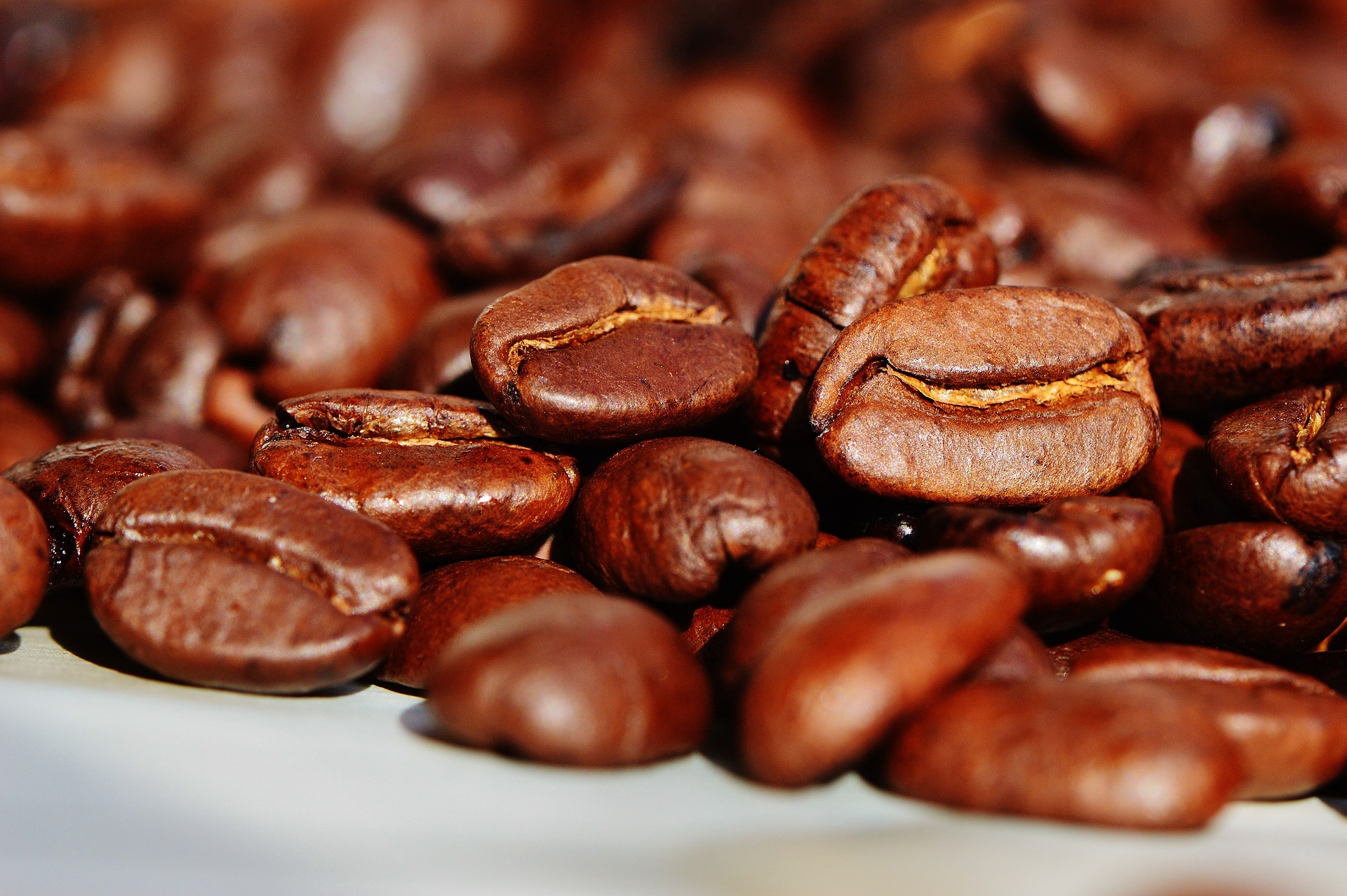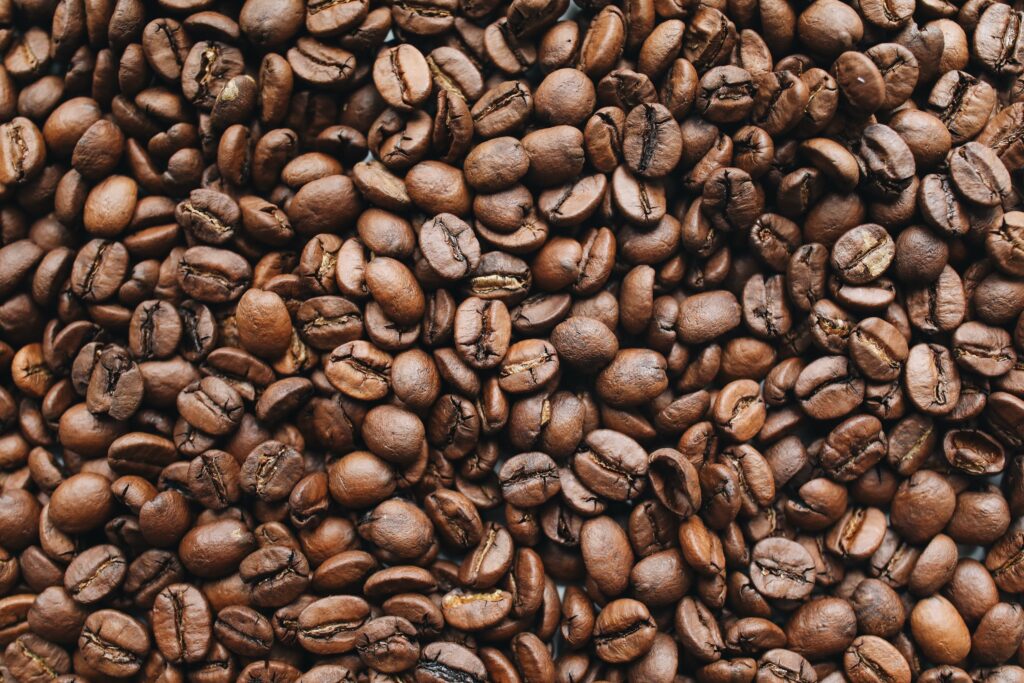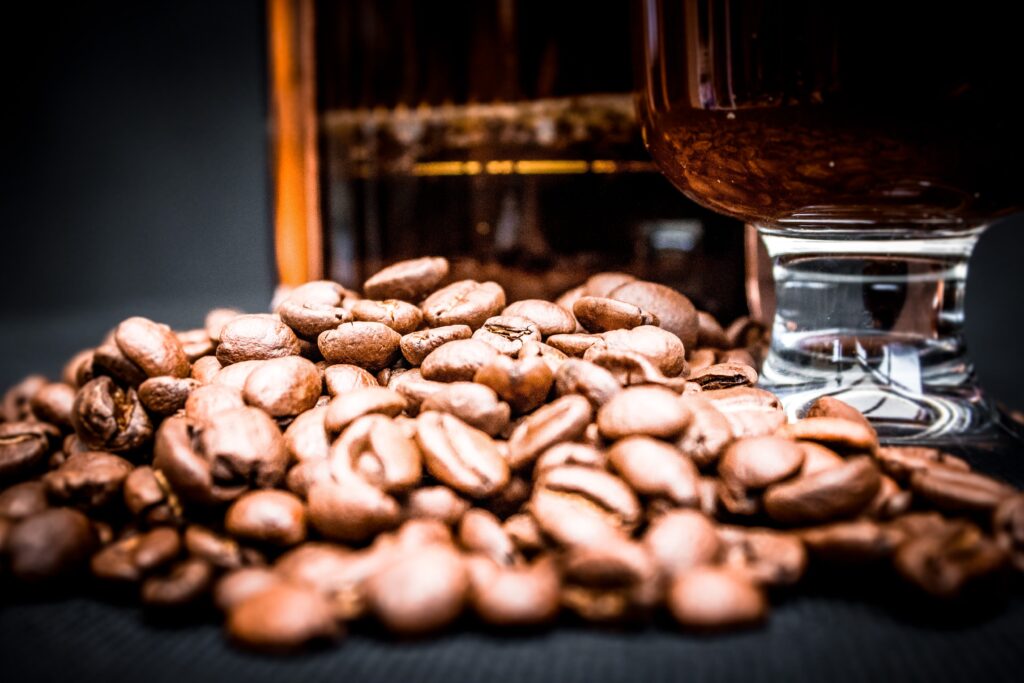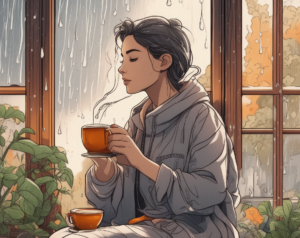In the world of coffee, quality makes all the difference. It is more than just the aroma, taste, and the kick that it provides—it’s about the experience that comes with every sip. This journey into the heart of coffee is a confluence of several factors- the variety, the origin, the roast, and of course, freshness. Excellent coffee beans are an art in themselves, offering a symphony of flavors that can transform your coffee routine into an exquisite ritual.
The quality of coffee beans depends not just on the natural quality of the beans, but on the roasting process and the storage conditions. It can be determined from a lot of visual and olfactory factors. The color, dryness, shine and aroma of coffee beans says a lot about the quality. Also, even when the best quality beans are not stored in the optimum conditions, their quality may deteriorate.
So let’s brew some knowledge, and unravel the subtleties of exceptional coffee beans together. Stay with us as we decipher the essence of coffee quality.
How to tell if coffee beans are bad?
Coffee beans pass through various processes before finally being grounded and served in a cup in front of you. So there are innumerable factors that may affect their quality, making them ‘bad.’ To make the checklist of identification criteria easier for you to understand, we have divided it into three stages- Completely processed, Roasted, Unroasted.
1. Completely processed
These detectors are helpful for you if you buy already roasted beans and don’t get a chance to look for roasting or pre-roasting defects. However, these determinants are more inclined to the preference side than being a ‘rule of thumb’.
- Oily: People consider oily beans as ‘bad’ because it reduces the longevity of your beans. However, oiliness is a good sign for a darker roast because it is proof that your beans are not stale.
- Pouring consistency: If your shot is not pouring consistently, they are often considered ‘bad.’ But keep in mind that some newly roasted beans may show this inconsistency. So, just to be sure, it’s better if you leave your beans for some days. If its pouring behavior still remains the same, then most probably it is a bad batch.
- Acidity: Again, it is a factor that depends on your preference. If you prefer the sweet flavor in coffee, you should go for lighter or medium roasts because they are less acidic. But if the bitter taste is your preference, darker roasts will be better for you because of their high acidic content. Most people prefer medium roasts because of their balanced flavor.
- Aftertaste: If immediately after taking a sip, your coffee gives out an unpleasant aftertaste, it is of bad quality.
2. Roasting defects
Some defects may happen if you don’t roast your coffee beans properly, thus impacting their taste.
- Underdeveloped: If your coffee beans don’t have proper crusts, then they are most probably underdeveloped. It occurs if sugar inside the beans is not properly caramelized or due to the underdevelopment of carbon dioxide.
- Baked: Unless you are doing it intentionally to reduce the acidity, baked beans are also a defect. This cannot be spotted visually, and so you need to taste it to find out. It happens if the beans reach their first crack after a long time, mostly because of less energy being supplied.
- Scorched: If you find that the flat side of your beans is black or charred, then they are probably scorched. It happens if the drum is not moving or not hot enough, thus reducing its capability to toss the beans around, resulting in the beans sitting on one of their surfaces, thus getting one side darker than the other.
- Tipped: These defects lead to the darkening of the tip of the bean. It happens if there is too much heat, and the beans fail to transfer this heat throughout the bean, getting its tip burnt.
- Burnt: This defect is one of those that may be someone’s favorite. It leads to darker beans with an oily finish. It happens if the beans take too much time to get roasted even after reaching their first cracks.
3. Unroasted
These are the defects that most of us don’t witness since we usually buy processed beans. But if you prefer to buy by witnessing all its making processes, you should be cautious of these problems. We are pointing out only those defects that can impact the taste severely.
- Beans with yellow or red spores, or fungus, or molds on the surface.
- Brown discoloration of beans, also known as salty beans.
- Black beans, just as the name sounds, are black or partial black beans.
- Beans damaged by insects are also visible defects. It may induce the growth of fungus on beans.
- If beans get exposed to frost before reaching the maturity stage, it may lead to retarded growth, affecting the taste.
Are coffee beans hard or soft?
Coffee beans are generally hard to the touch. The roasting process, which transforms the raw, green coffee beans into the brown beans, also results in a significant reduction of the beans’ moisture content. This dehydration makes the beans hard and crunchy.
However, there is a caveat to this. The degree of hardness can vary somewhat depending on the roast level. Lightly roasted beans are harder and denser as they’re roasted for a shorter period and retain less oil. On the other hand, dark roast coffee beans, which are roasted longer, can feel slightly less hard as the roasting process brings more oils to the surface and causes the beans to expand more.
Despite these differences, all roasted coffee beans should be hard, not soft. If your beans are soft, it could indicate a problem like improper storage that has led to the absorption of moisture, which could negatively affect the flavor of your coffee.
Are coffee beans supposed to be shiny?
Whether coffee beans appear shiny or not depends largely on the roasting process. The “shine” on coffee beans is actually coffee oils that have been brought to the surface during roasting.
In lighter roasts, these oils are still mostly within the bean, resulting in a matte and dry appearance. As the roasting process continues to a medium or dark roast, more oils migrate to the surface, giving the beans a shinier, glossier look.
However, an extremely oily surface may indicate over-roasting, which can lead to a bitter taste. Conversely, a lack of any sheen on a dark roast bean could suggest that the beans are stale.
So, while the shine can be an indicator of the roast level, it’s not necessarily a marker of quality or freshness. As always, the proof of quality will be in the flavor of your brewed coffee.
Are coffee beans supposed to be dry or oily?
The appearance of coffee beans, whether dry or oily, largely depends on the degree to which they’ve been roasted.
- Light Roasts: These beans are roasted for a shorter time, leaving them with a dry surface as the oils remain locked inside the bean.
- Medium Roasts: These beans are roasted a bit longer. They may begin to show a slight sheen as some oils start to come to the surface.
- Dark Roasts: Dark roast beans are roasted the longest and have a shiny, oily surface. This is due to the longer roasting time which allows more oils to migrate to the surface of the bean.
Although some degree of oiliness is expected with dark roasts, overly oily beans can be a sign of over-roasting. Conversely, if dark roast beans appear totally dry, it could be a sign of staleness.
Hence, it’s important to note that while the surface texture can indicate the roast level, it does not always directly correspond to the quality or freshness of the beans.
What are the best quality coffee beans?
Determining the “best” coffee beans depends largely on personal preference as different beans have varying flavor profiles. However, some types of coffee beans are renowned for their exceptional quality and taste. Here are a few:
- Arabica Beans: Known for their sweet, delicate taste and complex aroma, Arabica beans are widely considered as the superior type of coffee. They are grown in high-altitude regions, primarily in Latin America, Eastern Africa, Arabia, and Asia.
- Geisha/Gesha Beans: Originating from Ethiopia and popularized in Panama, Geisha beans are some of the most expensive and highly regarded in the world. They are known for their floral, tea-like and fruity flavors.
- Bourbon Beans: A type of Arabica, Bourbon beans (originally cultivated on the Island of Bourbon, now Réunion) are noted for their deep, buttery chocolate flavors, as well as high levels of acidity and excellent complexity.
- Blue Mountain Coffee: Grown in the Blue Mountains of Jamaica, this variety is known for its mild flavor and lack of bitterness.
- Kona Coffee: Hailing from the slopes of Mauna Loa in Hawaii, Kona Coffee is lauded for its unique, rich flavor and bright acidity.
- Civet Coffee (Kopi Luwak): One of the most expensive coffees in the world, it’s made from beans digested and excreted by the Asian Palm Civet. It’s known for its unique processing method and rich, mellow flavor.
Remember, the “best” beans depend on your individual taste. Experiment with different types, brew methods, and roasts to find what you love.
Should coffee beans smell sour?
No, fresh coffee beans should not smell sour. A good quality coffee bean will typically have a rich, full-bodied aroma. The specific scent can vary widely depending on the type of bean and roast level, ranging from chocolatey and nutty to fruity and floral. However, a sour smell could indicate a problem.
If your coffee beans smell sour, it might be a sign of several issues:
- Improper Storage: Coffee beans can absorb odors from their surroundings. If stored improperly, they can become tainted with unpleasant smells.
- Staleness or Spoilage: If the beans have been kept for too long or have been exposed to moisture, they might have gone stale or spoiled, resulting in a sour smell.
- Poor Quality Beans: Lower quality beans or beans that were improperly processed can have off smells.
- Over Fermentation: In some cases, a sour smell may come from over fermentation during the processing of the coffee beans.
Remember, the smell of your coffee beans can have a significant impact on the taste of your brew. If your beans smell sour, it may be best to replace them to ensure you get a great tasting cup of coffee.
What do bad coffee beans smell like?
Bad coffee beans can have various unpleasant smells that indicate their poor quality or deterioration. Here are some common descriptions of the smell of bad coffee beans:
- Stale or Musty: Old or improperly stored coffee beans can develop a stale or musty odor. It may resemble a damp or mildew-like smell.
- Rancid: When coffee beans go rancid, they emit a sour, unpleasant odor similar to spoiled or expired food. This can occur when the oils within the beans oxidize over time.
- Moldy or Earthy: If coffee beans have been exposed to excessive moisture or improper storage conditions, they can develop a moldy or earthy smell. This smell is reminiscent of damp soil or fungi.
- Burnt or Smoky: Over-roasted beans can have a burnt or smoky aroma, resembling the scent of charred or burnt food.
In general, any strong, off-putting smell from coffee beans is a clear indicator of their poor quality or deterioration. It’s important to trust your senses and avoid using such beans for brewing, as they are likely to result in an unpleasant-tasting cup of coffee.
Conclusion
Recognizing and selecting high-quality coffee beans is essential for a delightful coffee experience. By considering factors such as origin, roast, freshness, and avoiding signs of staleness or poor storage, you can elevate your brewing game and savor the aromatic and flavorful delights of a perfectly brewed cup of coffee.







